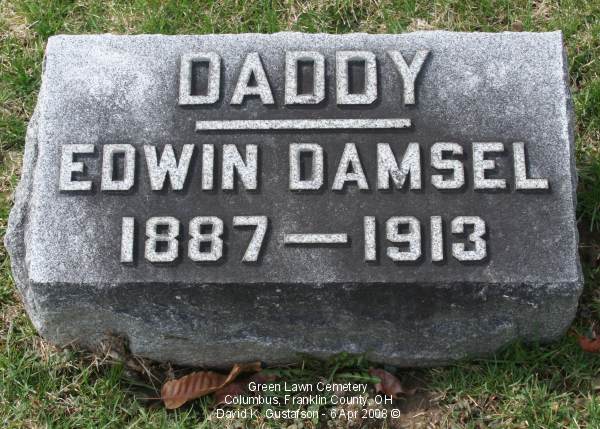I just
finished 2 ½ hours with a reporter doing an article about the New Vision Heron Mural. A surprising amount of our
conversation had to do with preserving the characteristics of the preliminary
artwork in the mural. How do you scale
up drawings?
For this project I began by overlaying a grid of
½” squares onto a copy of the sketch, and then drew 12 inch squares on the
mural. This creates a ½” scale (½” = 1’).
On the
sketch I found where the edge of the heron intersected a grid line, and put a
dot on that spot, on the mural’s grid.
Going to the next place where that edge crossed a grid line, I transferred
another point to the mural grid. As I
worked around the drawing, marking the mural and then connecting the dots, the
tiny drawing was faithfully rendered.
My pet peeve
about many murals is that they don’t look like paintings. Accurately rendering the sketch is my best
attempt to make the mural look like art, so I’m taking pains to get the lines,
marks and distortion in the right spots.
This drawing was approved by the town’s Historic
District Commission. All the contributions were given to see this drawing made into a mural. There is accountability to the community and
all the donors to render the sketch accurately!
I also want to improve on the drawing by making
the steps in background colors smoother and cleaner: I’ve spent 12 hours mixing colors to achieve
that.
These
samples were created using measuring spoons, converting to cups for painting
the fields of color in the 30’ x 12’ finished mural. I also make a sample chart using the mass
quantity mixtures to verify accuracy.
Studies
often surpass finished artworks in charm and spontaneity— translating that joy
to a large scale work is a challenge.
These mathematic functions are only the foundation for accomplishing that. All of your skill will
be called on to fill in the gaps, once your proportions and color are properly translated.
Best wishes,
and don’t be afraid to GO LARGE!









